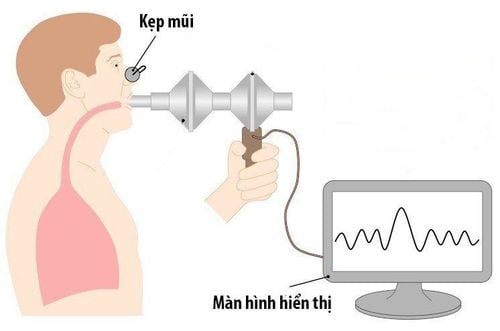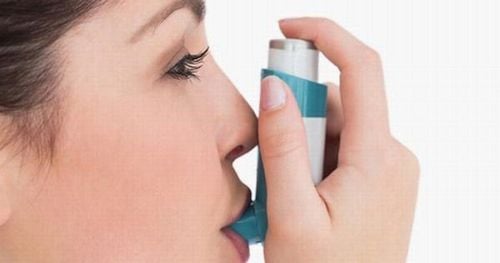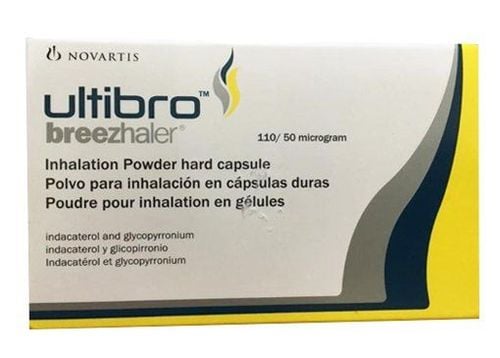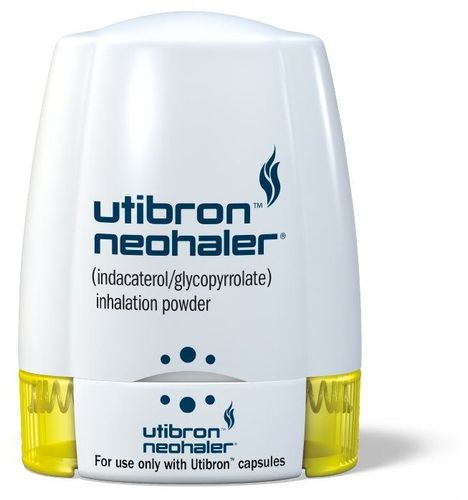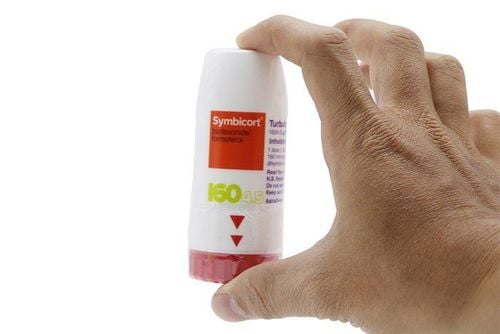This is an automatically translated article.
The article is professionally consulted by Master, Doctor Nguyen Huy Nhat - Department of Medical Examination & Internal Medicine - Vinmec Danang International General Hospital.
The respiratory index is a typical parameter of the respiratory function test to see if the airway is good. In addition, it is also used as a basis for diagnosis of diseases such as: chronic obstructive pulmonary disease, bronchial asthma, pulmonary fibrosis...
1. Respiratory overview
Respiration is the action of the respiratory muscles that make up the inhalation and exhalation movements. Inhalation is caused by the muscles participating in contraction to increase the size of the ribcage in the vertical, anteroposterior and horizontal dimensions. Those muscles are: diaphragm, intercostal muscles. Exhale movement when the inspiratory muscles stop contracting, the ribcage returns to its original position under the effect of the elasticity of the chest and lungs, and the resistance of the abdominal organs.Regulating respiratory function is an automatically maintained, rhythmic activity controlled by the respiratory center in the brain (it regularly emits impulses that cause the respiratory muscles to contract, and relax in accordance with the requirements of the respiratory system). certain frequency). The process of respiratory regulation will satisfy the body's need for oxygen as well as maintain a regular and rhythmic level of respiratory function.
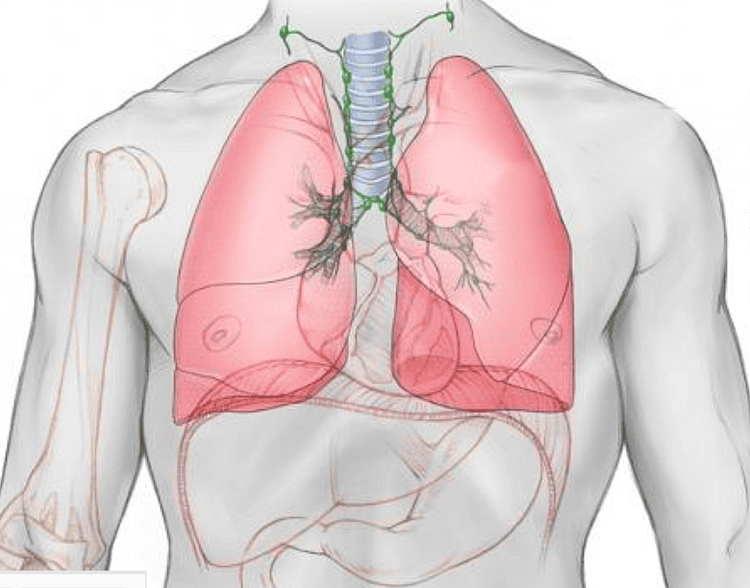
Hô hấp giúp đáp ứng nhu cầu oxy của cơ thể
2. Respiratory indicators by age
To investigate the respiratory function, the doctor will perform a pulmonary function measurement (spirometry) - there are two types of spirometry, volume spirometry and flow spirometry. Measurement of ventilation function is a basic method of assessing the ventilation function of the lungs through the volume and flow of air in the respiratory cycle (inhalation, exhalation).Performed spirometry records changes in lung volume, capacity, and flow during normal breathing and exertion. It has the advantages of automatic calculation, accurate, fast, no gas accumulation, easy to clean. However, it also has some disadvantages such as depending on the technique of the technician and the patient, not specific for each respiratory disease, the curve needs to meet the standard to get accurate results.
The parameter groups of spirometry :
The group of volume parameters are: tidal volume (normally inhaled and exhaled volume), inspiratory reserve volume (inspiratory volume). maximum expiratory volume after a normal inhalation), expiratory reserve volume (volume of air exhaled at maximum after normal expiration), residual volume (volume when remaining in the lungs after exhalation) very). Group of volume parameters: inspiratory volume (volume of air that is maximally inhaled), functional residual capacity (volume of air remaining in the lungs after normal expiration), vital capacity (inspiratory volume) maximal inhalation and exhalation), total lung capacity (the maximum capacity of the lungs to hold air.
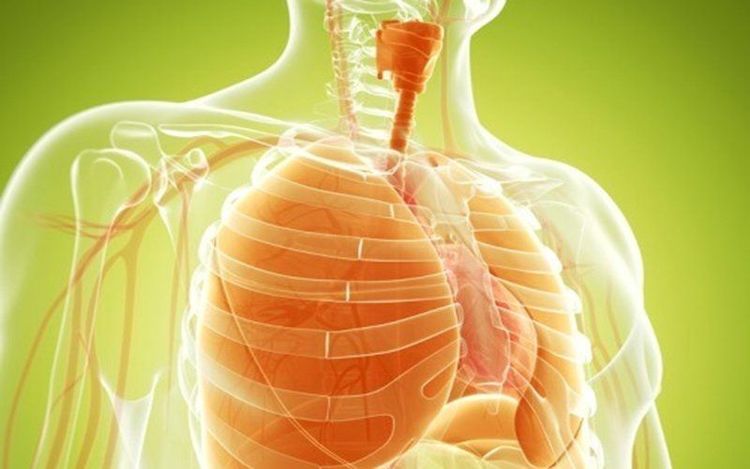
Cần theo dõi cả khả năng chứa khí tối đa của phổi
Newborn: Respiration is 40-60 breaths/minute, tidal volume is 15ml, Normal functional residual capacity (FRC) is 25mL/kg, Ventilation 1 L/min, Hematocrit 47-60%, arterial pH, arterial pH 7.3-7.4, PaCO2 30-35 mmHg and PaO2 60-90 mmHg.
1 year old child: Respiration is 20-30 times/min, tidal volume is 80ml, ventilation is 1.8 L/min, Hematocrit is 33-42%, arterial pH, arterial pH 7.35-7.45, PaCO2 is 30-40 mmHg and PaO2 is 80-100 mmHg.
Children 3 years old: Respiratory reduction leads to 18-25 breaths/minute, tidal volume is 110ml, Normal functional residual capacity (FRC) is 35mL/kg, ventilation 2.5 L/min.
Children 5 years old: Respiration is 18-25 times/minute, tidal volume is 250ml, ventilation is 5.5 L/min.
Adults: Respiration is 12-20 times/min, tidal volume is 500ml, ventilation is 6.5 L/min, Hematocrit is 40-45%.
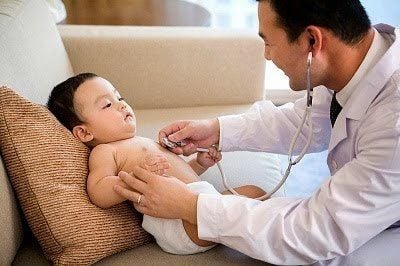
Trẻ nhỏ 1 tuổi có thể tích khí lưu thông là 80ml
In order to improve the results of examination, treatment and prevention of many diseases, Vinmec International General Hospital has been bringing modern medical equipment and machinery to meet the standards of disease diagnosis. produce accurate results. From there, the specialist doctors will give advice and the most effective treatment plan for customers.
Doctor Nguyen Huy Nhat has many years of experience in the field of respiratory disease treatment at Hue Central Hospital, Hoan My General Hospital, .. before being a doctor of General Internal Medicine Department of General Hospital. Vinmec Danang International.
Customers can directly go to Vinmec Health system nationwide to visit or contact the hotline here for support.





